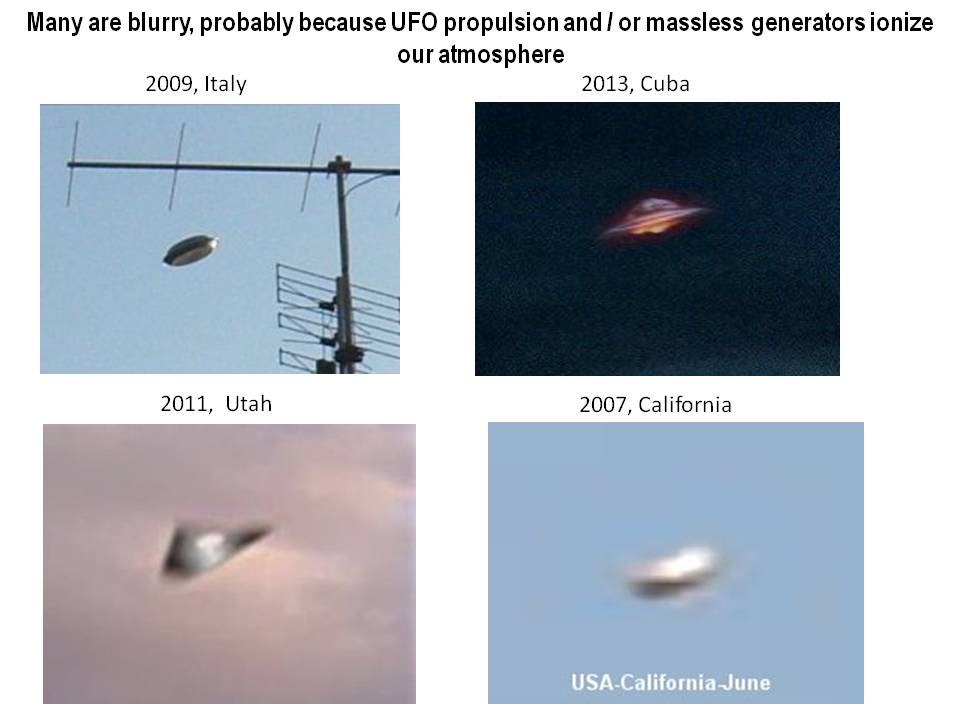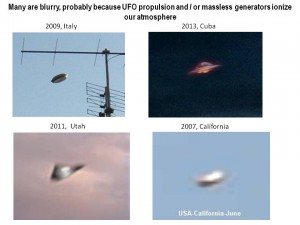Could you even imagine an airship originating from another world – autonomous, or maybe flown or guided by an alien creature? Even our Unmanned Aerial Vehicles (UAVs) – commonly called drones you probably haven’t seen, unless you live in Pakistan, Somalia, or Yemen, not a welcome sight, I’m sure. Even if seen, our – and by “our” I mean Earthling — drones are a little different in that their visual looks and performance don’t set them apart from the known.
But if we’ve seen an otherworldly craft, it sets us on a path of disbelief immediately. Why? Because the phenomena of its appearance and its flight characteristics put it in a separate realm. All our experiences point to noisy crafts in our skies, mostly with jet engines and some with propellers. An unidentified flying object (UFO) is unidentifiable because it is noiseless; it hovers, drifts, zips, zigzags, radically turns, or disappears in a flash of speed or stealth – a scenario not in our conventional realm of experience.
Popular media sources tend to discourage giving credence to such sightings. Government obfuscates. Neighbors poke fun. Family gets embarrassed. Consequently, we go along!
Social circumstances debunk the unconventional. You are ostracized. Your children are mocked and bullied. Let’s face it. We are social creatures who depend on others for our livelihood and our needs. We don’t tend to defy convention. We might speak maverick but we are herds. For example, after 9/11 most of us suspended independent thought and followed our fellow citizens, our media, and our country to fight an unjustified war.
Let’s face it. If you quietly concede that tens of thousands of sane people, including astronauts, pilots, police, and presidents, have actually seen UFOs – let’s just limit it to alien craft and not ET — exercise your logic a little more. Unless you believe there are hidden alien bases on Earth or somewhere out in space in our own solar system, ask yourself where they (by “they” I mean craft, occupied or not) came from and how they got here.
Now would you not concede – since we’ve gotten this far – that such visitors would have to travel many light years (one light year is six trillion miles), the trip taking years at light-speed. Our science and scientists say that we can’t travel beyond the speed of light. If we believe this, then this rule applies to others with much further advanced science and technology. Therefore a round trip from, let’s say Gliese 581G, some 20 light years away, would take over 50 years, assuming they could travel around .8 the speed of light.
When such aliens get here, do they hang around Earth and our solar system for a few years before they return to children who now look more like parents after aging 50 years while they age five, for example? If they experience our technology, are they weightless for 40 years, body deteriorated beyond repair?
I would say no to all of these questions. That is the point. Anyone who can travel light years to investigate our civilization will have a technology our science fiction writers can only speculate about, not even totally imagine. For all of us, pertinent questions will arise. Can they render their crafts massless? Can they break our speed limit of light-speed? Can they create gravity on their space ships? Can they render their spacecrafts invisible — even themselves? Can they contract space (warp space)?
We are slowly emerging out of the cloud of superstition and ignorance that our forbears experienced. We are beginning to understand – perhaps not visualize – that the context of a truly advanced world is beyond our own context. Our religions create fantasies that fill in the details of a realm our feeble minds cannot imagine in order to explain the unknown.
Rather than embrace and try to understand the unknown, do we scoff at it and scorn those who give it credence.
Is that where we still are in our advanced civilization?
__________________________________________________________________
Facebook @ ——> Common Good
Facebook @ —–> Promote the General Welfare
Facebook@ —–> Our Ties With the Cosmos
Faith in the Unknown,




